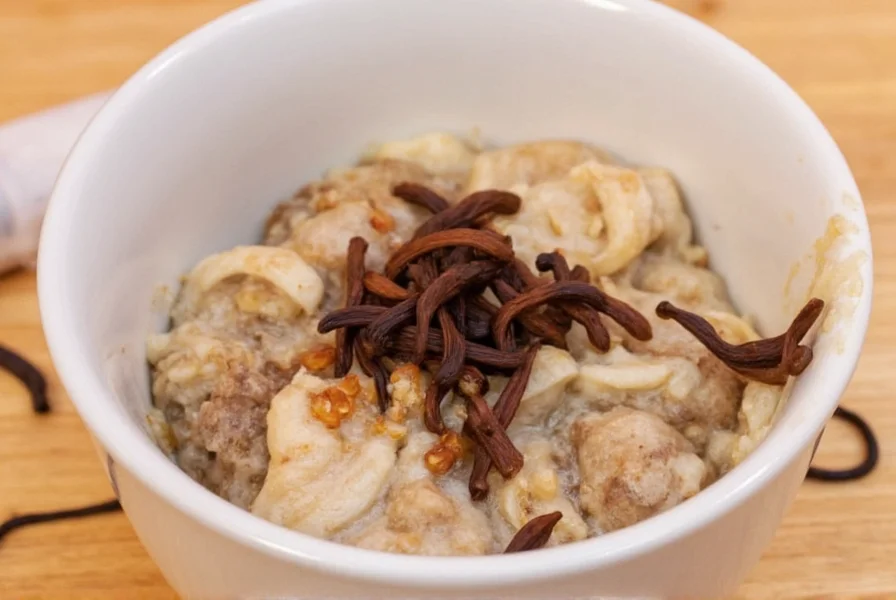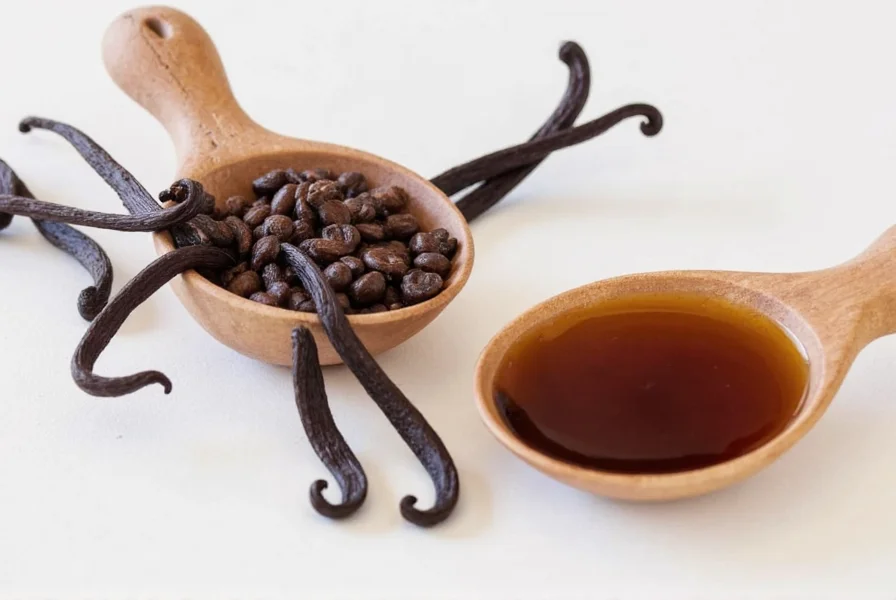When you reach for that small bottle of vanilla extract at the grocery store and notice its surprisingly high price tag, you're not alone in wondering why this common baking ingredient costs more than many specialty spices. The reality behind vanilla extract's premium price involves a fascinating combination of agricultural challenges, economic factors, and supply chain complexities that most consumers never consider.
The Labor-Intensive Nature of Vanilla Farming
Unlike most crops that rely on natural pollination, vanilla orchids require meticulous hand pollination. Each delicate flower opens for just 24 hours, demanding skilled workers to carefully transfer pollen using a small stick or blade. This process must happen at precisely the right moment—too early or too late, and the flower won't produce beans. In Madagascar, where most vanilla originates, this labor-intensive process accounts for approximately 70% of production costs.
After successful pollination, vanilla pods take nine months to mature. Harvesting requires workers to check each vine daily, picking beans at their precise peak of ripeness. The timing is critical—harvest too early and the beans lack flavor; too late and they split open, ruining the crop. This precision harvesting demands experienced laborers who can identify the perfect harvest window for each individual bean.

Complex Curing Process That Determines Quality
The journey from harvested bean to usable vanilla extract involves an elaborate curing process that can take up to six months. This multi-stage process includes:
| Curing Stage | Duration | Key Process |
|---|---|---|
| Killing | 48-72 hours | Heat treatment to stop growth and start enzymatic reactions |
| Sweating | 1-2 weeks | Wrapped in cloth to develop flavor compounds |
| Drying | 1-3 months | Alternating sun exposure and wrapping to reduce moisture |
| Conditioning | 1-3 months | Stored in closed boxes to develop full flavor profile |
This curing process transforms the initially flavorless green beans into the rich, aromatic product we recognize. The beans lose about 80% of their weight during curing, meaning it takes approximately 600 vanilla beans to produce just one pound of cured vanilla. Any mistake during this delicate process can ruin the entire batch, adding significant risk to an already challenging production cycle.
Geographic Limitations and Climate Vulnerability
Vanilla grows only within 10-20 degrees north and south of the equator, creating natural geographic constraints. Madagascar produces about 80% of the world's vanilla, with additional supplies coming from Indonesia, Papua New Guinea, and Mexico. This concentration creates vulnerability—when cyclones hit Madagascar in 2017, global vanilla prices quadrupled within months.
Climate change intensifies these challenges. Vanilla orchids require specific temperature ranges (22-32°C), high humidity (80-90%), and protection from direct sunlight. Even minor shifts in weather patterns can devastate crops. The plants also need three years to mature before producing their first beans, making it difficult for farmers to quickly respond to market demands.
Market Dynamics and Price Volatility
Vanilla prices have experienced dramatic fluctuations in recent years. In 2018, prices reached $600 per kilogram—more than double the price of silver—before settling around $200-$250 today. This volatility stems from several factors:
- Speculation: Traders stockpile beans during low-production years, anticipating price increases
- Theft: "Vanilla rustling" has become common in Madagascar, with armed gangs stealing curing beans
- Political instability: Government policies and corruption affect export controls and pricing
- Consumer demand: The "clean label" movement has increased demand for natural vanilla over artificial flavors
Compare this to artificial vanilla (vanillin), which can be produced from wood pulp, coal tar, or petrochemicals at a fraction of the cost. While pure vanilla extract typically costs $15-$30 for 4 ounces, artificial vanilla sells for $3-$5 for the same amount. The price difference reflects the genuine agricultural and processing challenges behind the natural product.
Why the Premium Matters for Quality
Despite the higher cost, pure vanilla extract offers distinct advantages that justify its price for serious bakers. Natural vanilla contains over 250 flavor compounds, creating a complex profile that artificial vanillin (with just one primary compound) cannot replicate. This complexity becomes especially noticeable in recipes where vanilla plays a starring role, like custards, ice creams, and delicate cakes.
When shopping for vanilla extract, look for products labeled "pure" with at least 35% alcohol content, which properly extracts and preserves the vanilla compounds. The higher price reflects not just the raw material costs but the careful extraction process that maintains flavor integrity. While imitation vanilla works in some applications, discerning palates can easily detect the difference in premium baked goods.

Future Outlook for Vanilla Prices
Industry experts predict vanilla prices will remain elevated due to persistent supply challenges. Some companies are investing in sustainable farming practices in new regions like Uganda and Costa Rica to diversify supply. Biotechnology companies are also developing fermentation-derived vanillin that mimics natural vanilla's complexity without the agricultural constraints, though these products still command premium prices.
For home bakers, understanding why vanilla extract costs so much can help justify the investment in quality ingredients. Consider treating pure vanilla as a specialty item—using it where its flavor will shine rather than in recipes where it gets overwhelmed. Proper storage (in a cool, dark place) extends its shelf life significantly, maximizing your investment in this precious ingredient.
Frequently Asked Questions
How much vanilla bean is actually in vanilla extract?
Pure vanilla extract contains 13.35 ounces of vanilla beans per gallon of liquid (alcohol and water mixture). This means a standard 4-ounce bottle contains approximately 0.33 ounces of vanilla beans, explaining part of the high cost relative to the small bottle size.
Why doesn't vanilla production scale up to meet demand?
Vanilla production can't easily scale because each plant requires three years to mature before producing beans, and each flower must be hand-pollinated within 24 hours of opening. The curing process takes 6-9 months, creating a multi-year production cycle that can't quickly respond to increased demand.
Is expensive vanilla extract really worth the price?
For recipes where vanilla is a primary flavor (like custards, ice creams, or delicate cakes), pure vanilla extract's complex flavor profile with over 250 compounds is noticeably superior to artificial vanilla's single-compound flavor. In these applications, the premium price delivers a tangible quality difference that justifies the cost.
What causes vanilla price spikes?
Vanilla price spikes typically result from weather events (like cyclones in Madagascar), political instability affecting exports, increased demand from the 'clean label' movement, and speculative trading. Theft of curing beans has also contributed to recent price volatility in major producing regions.










 浙公网安备
33010002000092号
浙公网安备
33010002000092号 浙B2-20120091-4
浙B2-20120091-4